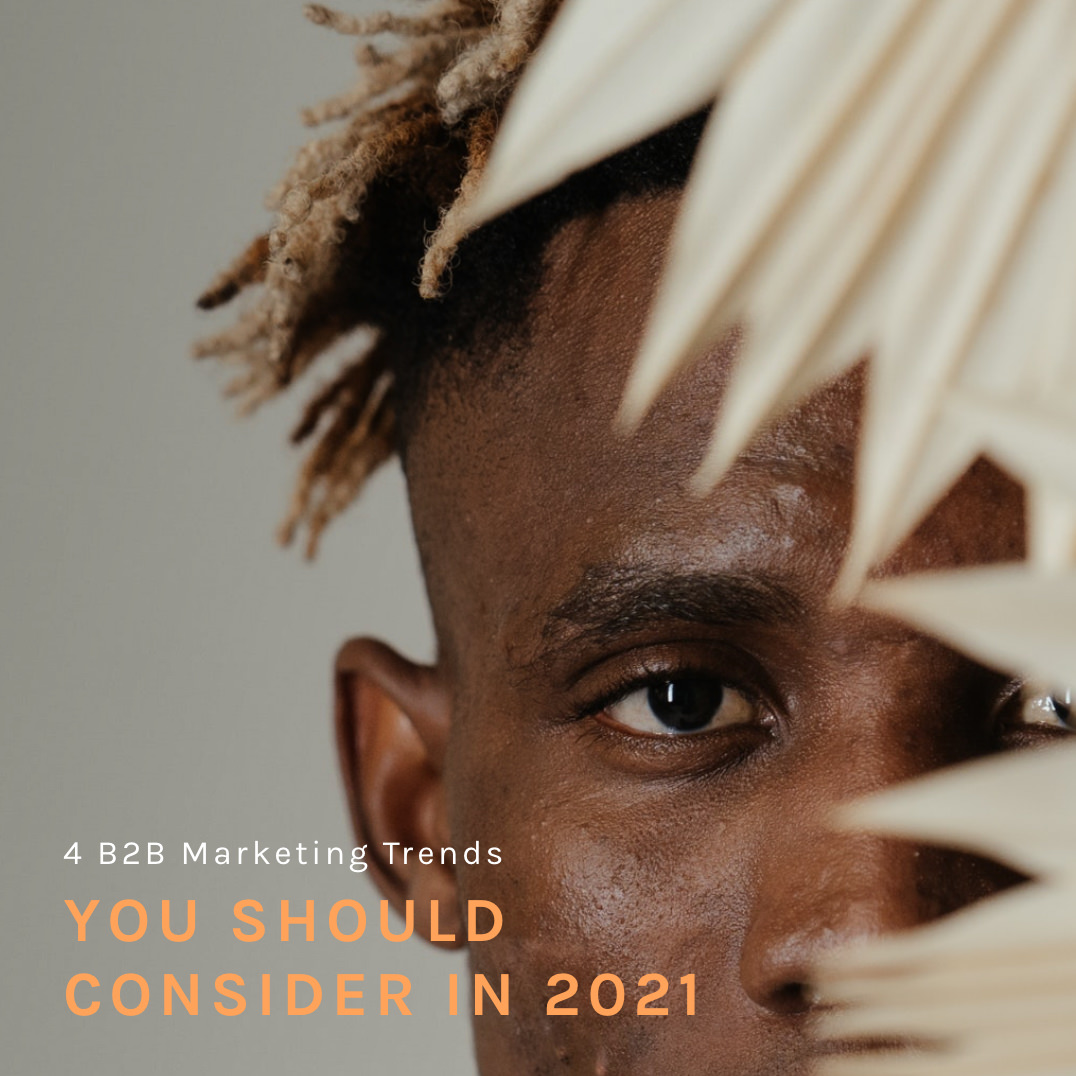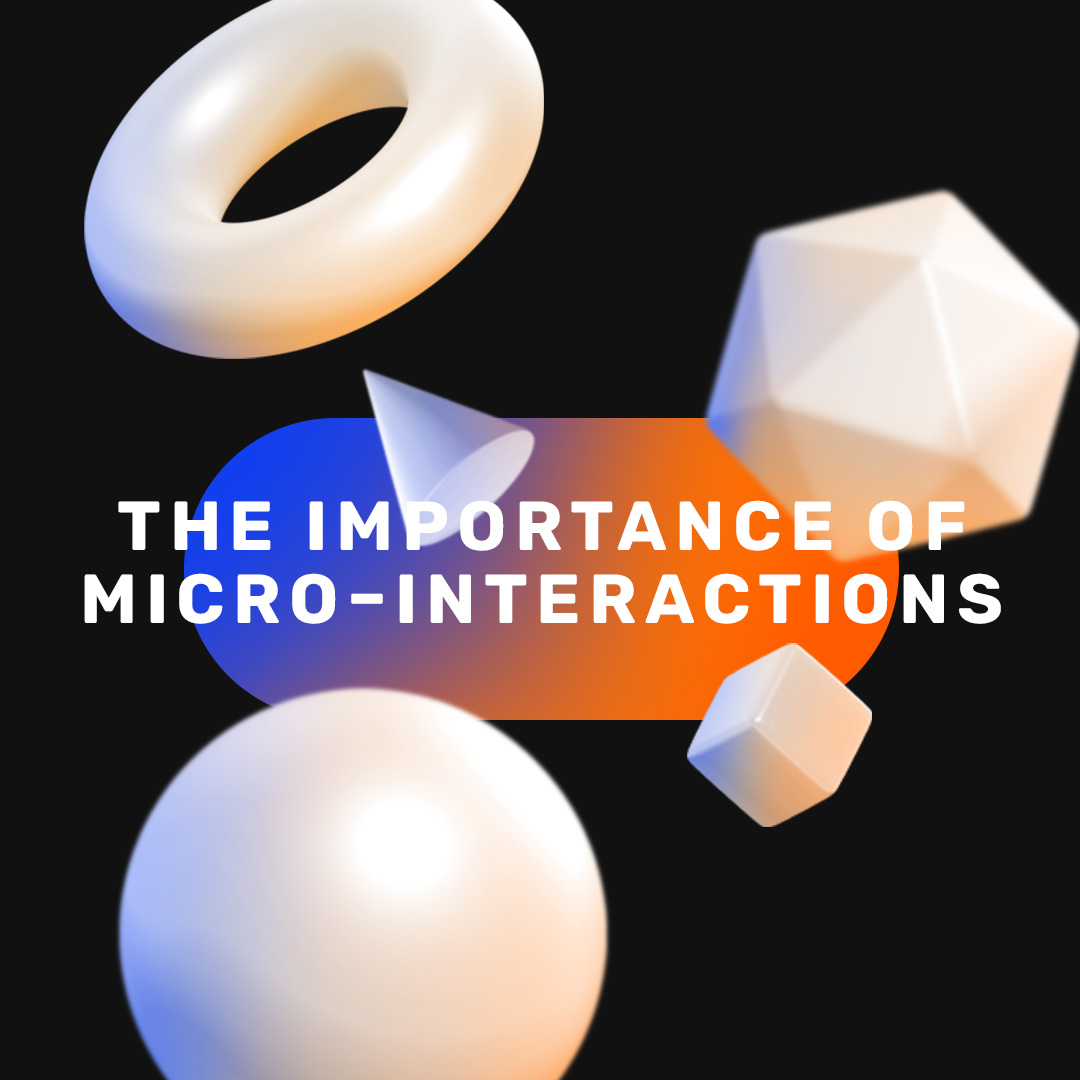
How to embrace empathy and ambiguity in a crisis
In the first article of this series, we spoke of the natural tendency to retreat in times of crises. Despite this tendency, there are examples showing the opposite reaction - action - tends to bear more fruit. As was the case with uTest, covered in our second article, a proactive and adaptive marketing strategy during the financial crisis set them up for years to come.
The COVID-19 crisis affects every person on the planet in some way or another. And the lived experience ranges across the whole spectrum of emotion. As marketers, now more than ever, we need to take into consideration the humanness of our audience and embrace the ambiguity. Finding comfort that a majority of people still want to hear from brands during this crisis, and that brand closeness is becoming a bigger driver for brand equity than ever before.¹ ²
This isn’t going to last forever. And you want to ensure you have continued to develop the relationship between your audience and your brand, putting you in a good position for when they are ready to purchase again. As we know, brand building is the main driver of long-term growth, and emotional engagement plays an important role in creating impactful brands.
“We may not know what that answer is, but we know that we have to give ourselves permission to explore.” - Patrice Martin, Creative Director and Co-Lead, IDEO.org
So, with the recommendation to act in mind, how do we then react? How do we continue business as usual, when nothing is ‘as usual’? And how do we ensure we are meeting our audiences with messages that honour and respect their situation?
We apply tried and true methodologies that take into account the humanness of our audiences and allow for experimentation in areas of uncertainty.
This is where design thinking comes into play.
“I can’t come up with any new ideas if all I do is exist in my own life.” - Emi Kolawole, Editor-in-Residence, Stanford University d.school
Human-centred mindsets & philosophies
The below mindsets from IDEO’s Design Kit website are central to design thinking. Just scanning through the list, you can see how appropriate this process is in this time of uncertainty, and you can find some comfort knowing there are tested principles that allow you to move quickly in a market that is changing every day.
- Embrace ambiguity
- Learn from failure
- Empathy
- Optimism
- Creative confidence
- Make it
- And, iterate, iterate, iterate
Applying your marketing strategy during the lockdown and into the new normal will require a mindset more resilient than normal.
You and your team have to be comfortable with learning from failure. You will need to have empathy not only towards your customers, but also your team and their tactical adjustment. And primarily, you have to embrace ambiguity. Embracing ambiguity will feel a lot less ambiguous when approached through the principles of human-centered design.
So, what is human-centered design-thinking?
Design Thinking is a process for creative problem solving that puts people at its core. The human-centered design approach is all about building a deep empathy for the people you’re designing for by putting their needs at the forefront of your decision making, and always starts with the question ‘what is the human need behind this?’.
You need to constantly return to this question to understand what is relevant, useful and appropriate for your customers.
For example, if you are marketing a product that has a long sales cycle and a considerable investment, you may ask ‘is it appropriate to push for sales when my customer is uncertain if their business can even survive this? Or is it more appropriate to provide them with content that supports them in this time and offer them expert advice instead?’. Rather than thinking about converting, think about conversing.
So how do you begin to answer this question at a time when human needs are paramount?
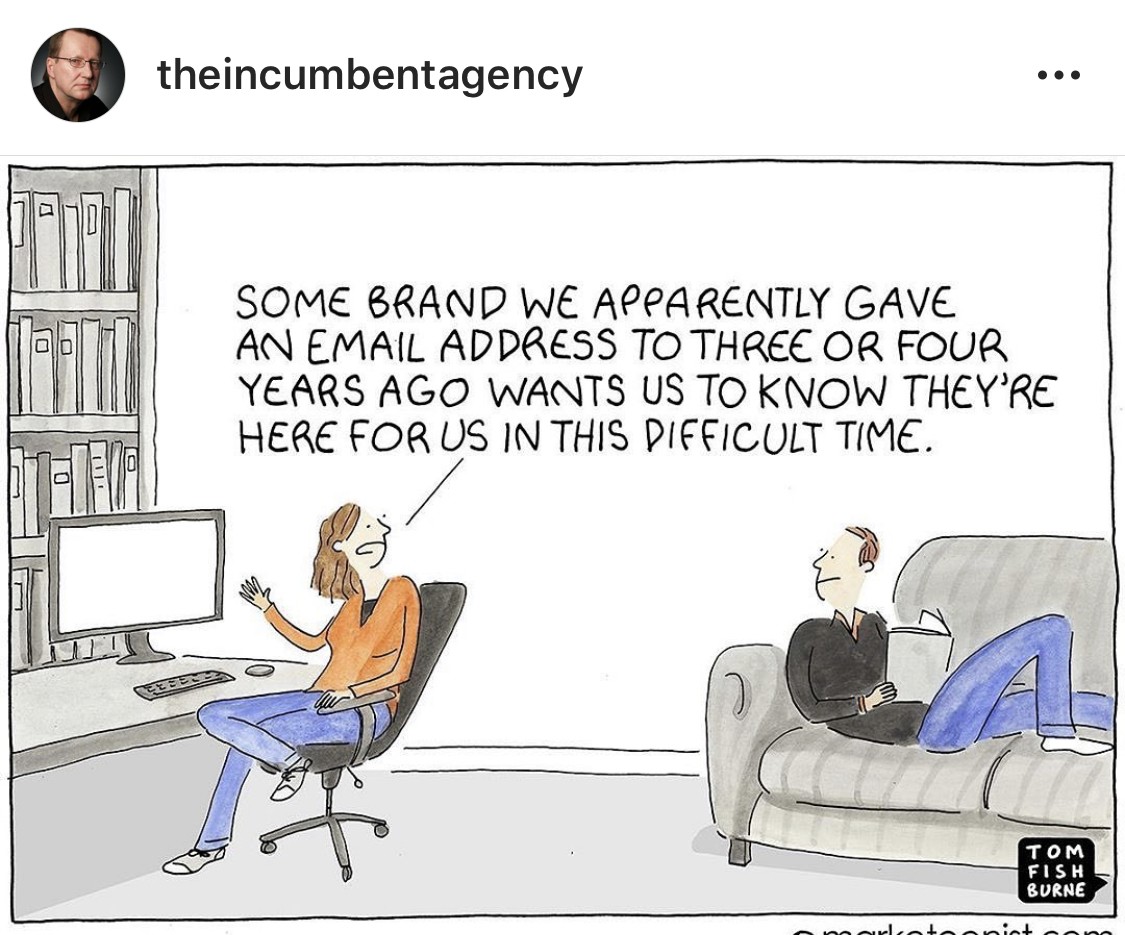
Human-centered designers always start from the place of not knowing the answer to the problem they’re looking to solve. The process starts with taking action and understanding the right questions. It’s about embracing simple mindset shifts and tackling problems from a new direction.
In order to navigate this uncertainty human-centered design thinking consists of three components; desirability, viability and feasibility.
You’re pulling together what’s desirable from a human point of view with what is feasible within your constraints and economically viable for your business. Through this lens you can quickly discern if your approach is appropriate at this time.
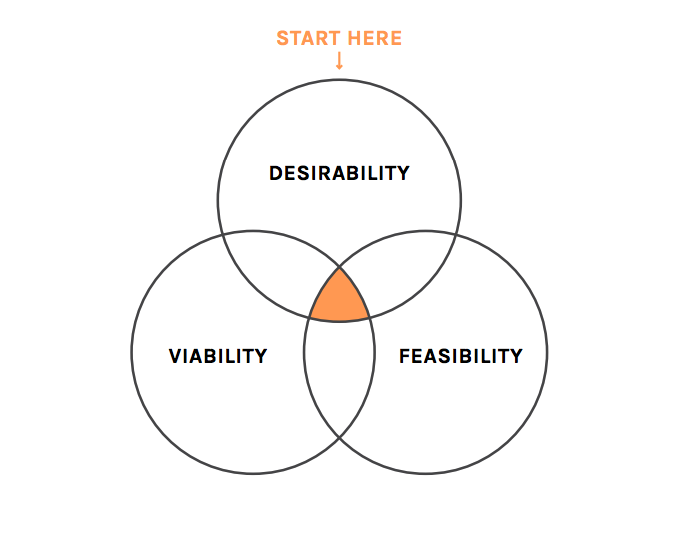
To put this theory into practice, let’s look at this way. While slashing costs on your product may be desirable for your customer, it may not be viable for your business. So think about what you can do to provide value to your audience that meets their current needs. Don’t just apply empathy in vain. People see right through that. And many brands are out there applying the same superficial brand of ‘empathy’. You need to make sure while you’re applying empathy, you’re also being authentic, honest, relatable and realistic.
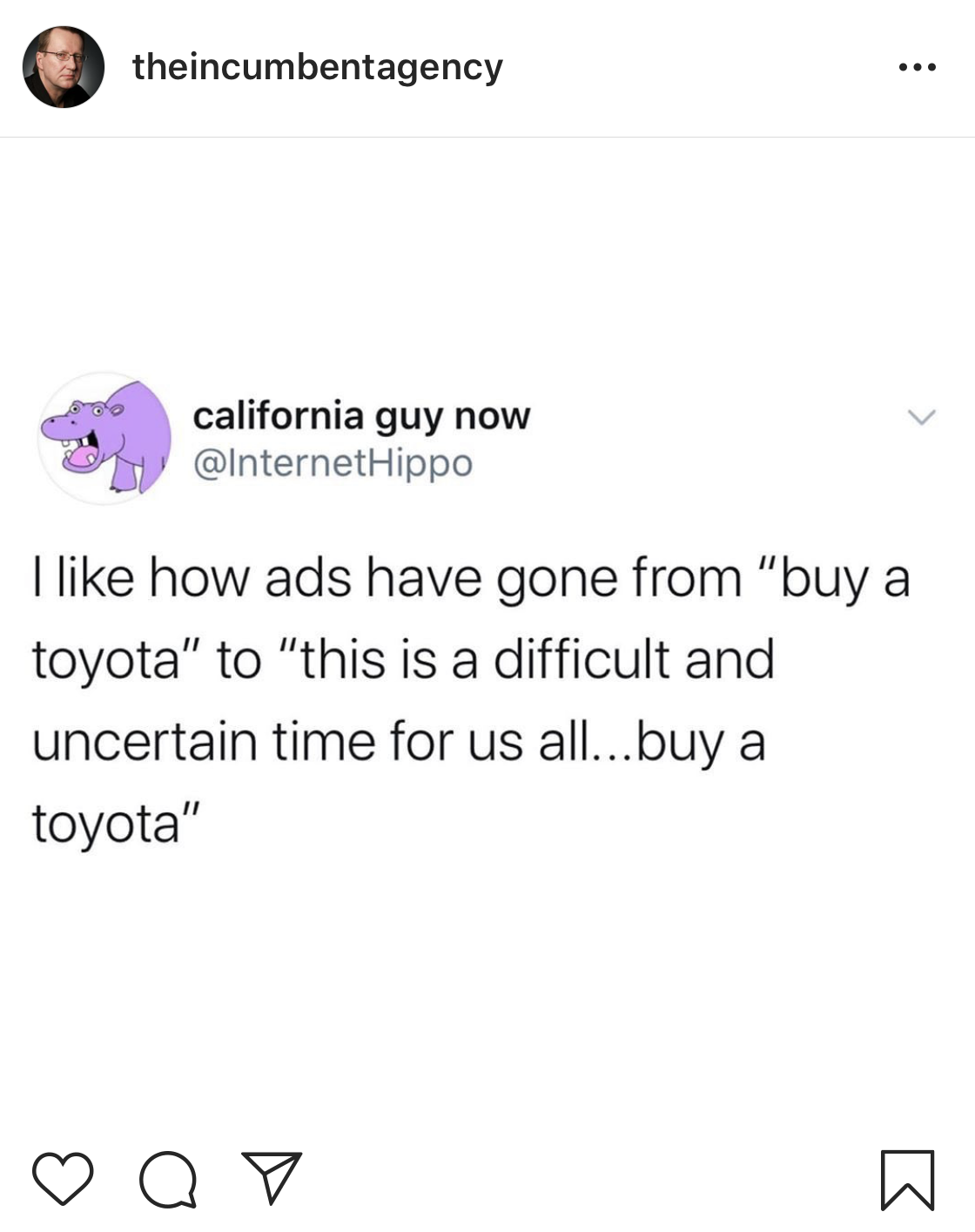
What might work better than slashing costs or saying just you’re ‘there for people’, is to provide free education in your area of expertise. Or offer to do a free assessment. Something to help prepare, inform and engage your prospects or customers for when things do settle down. And if you can’t do that, tell them the truth.
Empathy isn’t about patting people on the heads and stroking their egos. It's about really understanding their situation and reacting accordingly.
Get in touch with us today if you would like our help in navigating this challenging time through tried and true methodologies.
Credit:
2 https://www.cmo.com.au/blog/digital-advertising/2020/04/30/helping-brands-market-through-covid-19/
The COVID-19 crisis affects every person on the planet in some way or another. And the lived experience ranges across the whole spectrum of emotion. As marketers, now more than ever, we need to take into consideration the humanness of our audience and embrace the ambiguity.
RELATED INSIGHTS
4 B2B Marketing Trends You Should Consider in 2021
In this digital landscape people are overwhelmed by a mix of B2C and B2B messages and promotions. Hence it becomes crucial for B2B marketers to understand which macro trends will likely have the biggest impact on companies throughout the year. Here’s a list of four macro B2B marketing trends that we suggest you watch in 2021
Enjoy the little things - The importance of micro-interactions in digital design.
From scrolling through your social media feed to adding the latest episode of Marvel’s WandaVision to your watchlist on Disney+, micro-interactions often go unnoticed, but are everywhere. Read our latest article to understand what micro-interactions are and why they are so important in design.



